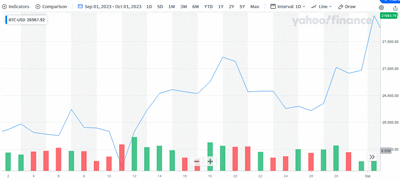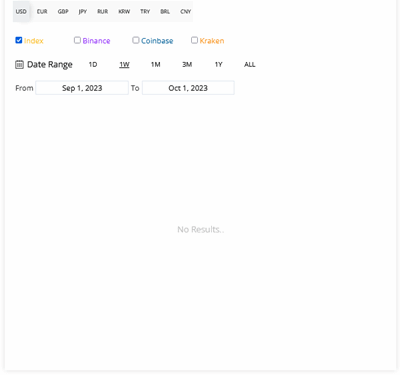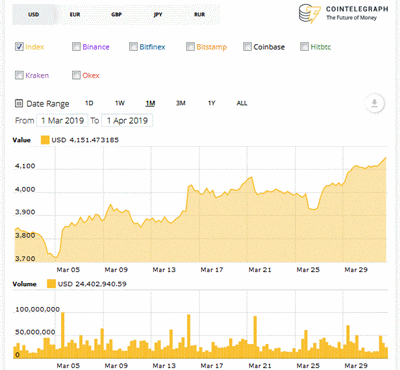In my previous post,
Bitcoin in the News : 2017-11 Price,
I identified three stories that fueled the price of bitcoin in November:-
- Bitcoin futures on CME (Chicago Mercantile Exchange)
- Collapse of SegWit2x
- Reaching the $10.000 mark
Curiously, those three stories occurred at the start, at the middle, and at the end of the month. Predictably, they each provoked an avalanche of commentary in the financial press. I'll mention just one article on each, although there were many more. Coincidentally, these three articles are all from cnbc.com:-
After these stories, the theme repeated the most involved the B-word : Bubble! I'll mention just two of the half-dozen that popped up:-
-
2017-11-01:
The Head and Tail of Bitcoin Bubble
(entrepreneur.com)
•
'More than as an instrument to buy and sell goods and commodities, increasingly money is being invested in bitcoin to make even more money.'
-
2017-11-21:
Bitcoin: An Unknowable Bubble?
(seekingalpha.com)
•
'There is a much-discussed in the crypto-sphere chart making rounds these days, plotting Bitcoin price dynamics against the historical bubbles of the past.';
chart gives graphical overview of past bubbles
Looking back, the first occurrence of the B-word on this blog was a passing reference in the post titled '2017-05 Price' (June 2017). Looking forward, there will be more occurrences until the bubble finally bursts. And burst it will -- maybe at a much higher price level -- but it will inevitably happen when everyone wants to exit at the same time. 'What goes up must come down', 'trees don't grow to the sky', yada-yada, etc. etc.
(NB:
I'm not a gloom-and-doom person, it's a party. I was reminded of this in a Yahoo.com article from Rick Newman, one of my current favorite financial writers.):-
-
2017-11-30:
Owning bitcoin is so much fun
•
The title I originally recorded was
'Owning part of a bitcoin is the most fun I’ve ever had investing-- even if it collapses',
which echoes my sentiment exactly.
Bitcoin articles have been appearing with increasing frequency in Yahoo.
(NB: Exploding popularity often precedes a bubble.)
Another article bearing the same date as the one above was by Daniel Roberts, another favorite financial writer:-
Because I had never heard of most of these people, it's worth noting their names (listed alphabetically) and their companies. The ones I don't know I should research further, but there's only so much time in a day.
1. Brian Armstrong, Coinbase
2. Vitalik Buterin, Ethereum
3. Juthica Chou, LedgerX
4. Jack Dorsey, Square (also CEO Twitter)
5. Terry Duffy, CME Group (Chicago Mercantile Exchange)
6. Charlie Lee, Litecoin
7. Naval Ravikant, MetaStable, CoinList
8. Elizabeth Rossiello, BitPesa
9. Barry Silbert, Digital Currency Group ('portfolio of more than 100 investments includes all the biggest names')
10. Balaji Srinivasan, Earn.com
11. Elizabeth Stark, Lightning Labs
Yahoo has a page on bitcoin,
BTC/USD
('BTCUSD=X; CCY Delayed Price. Currency in USD'), with links to current articles. I'll add this to the right navigation bar.
This would be a good point to sign off, but I touched an important subject in last month's post,
Bitcoin in the News : 2017-10 More++,
and there were a few relevant articles this month:
'How to value bitcoin (or any other cryptocurrency)?':-
We know how to value stocks by looking at various ratios of the underlying company, market share (and pricing power) being one piece of the analysis.
How those ratios compare to the stock's current price -- showing good or bad value -- is a matter of judgement.
What are the factors besides dominance that temper the judgement for a crypto-currency?



